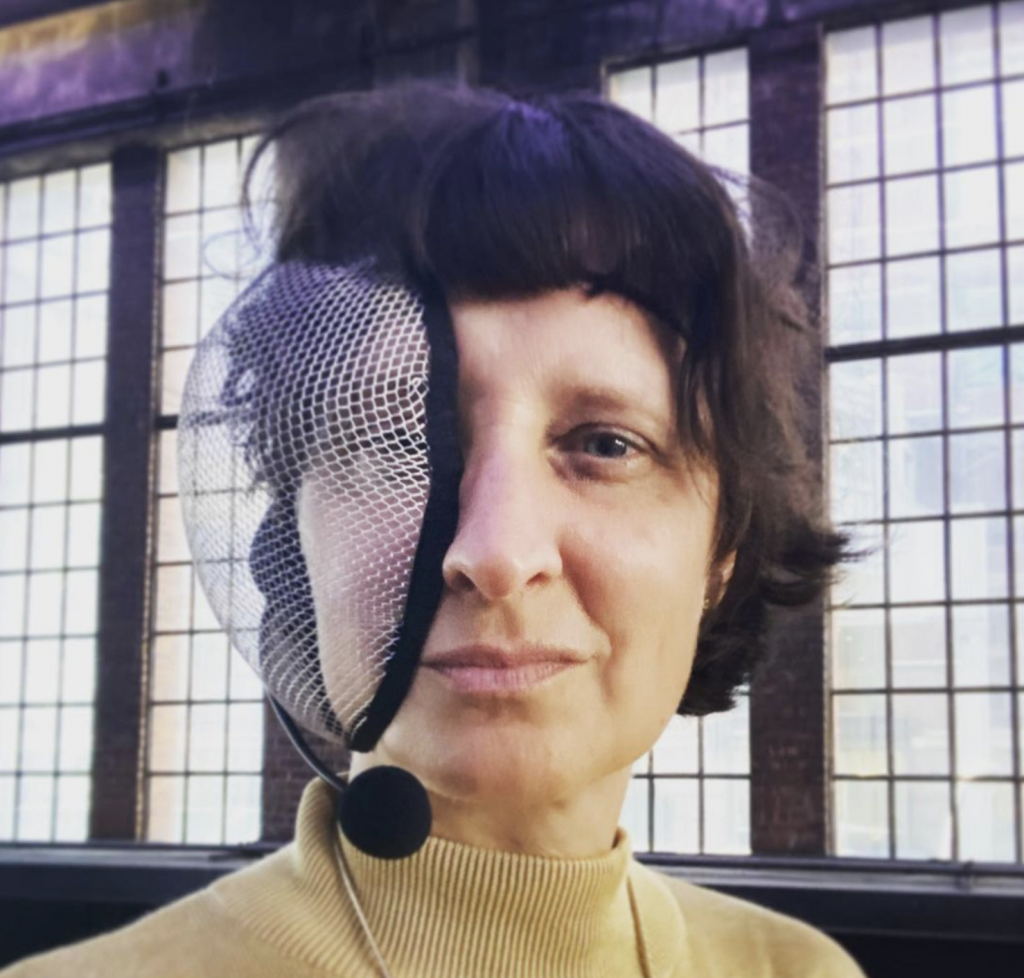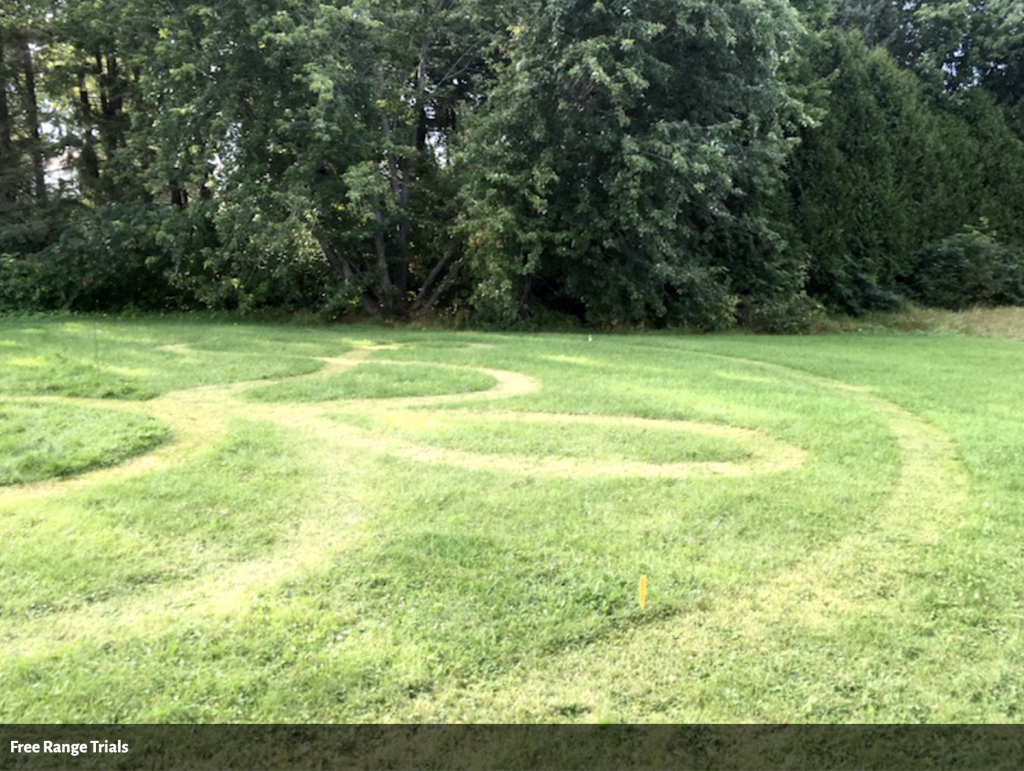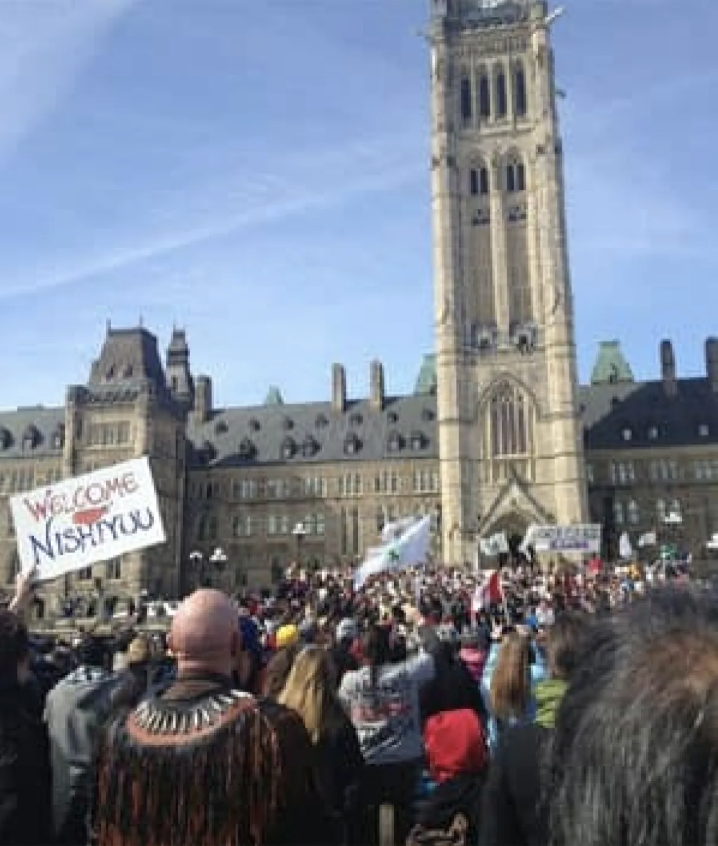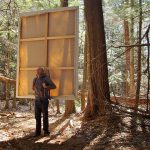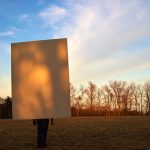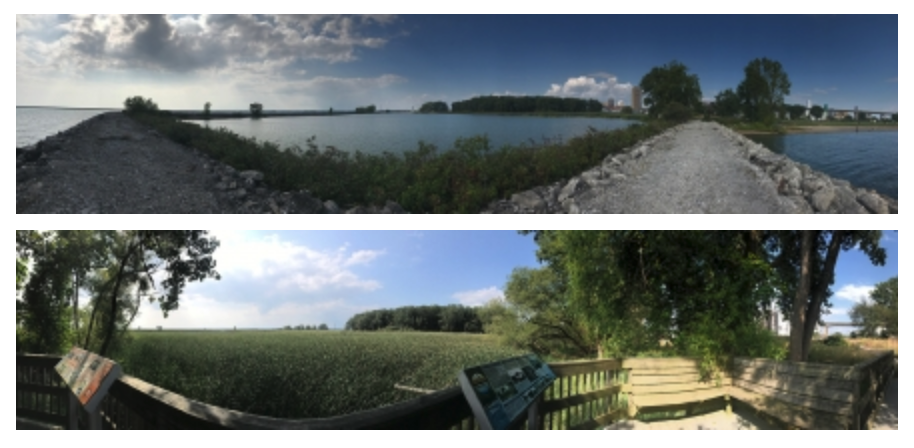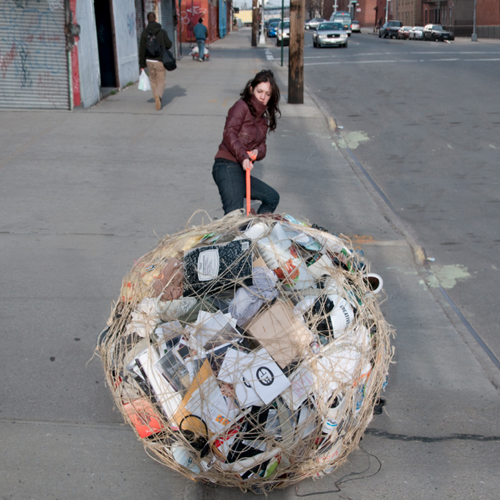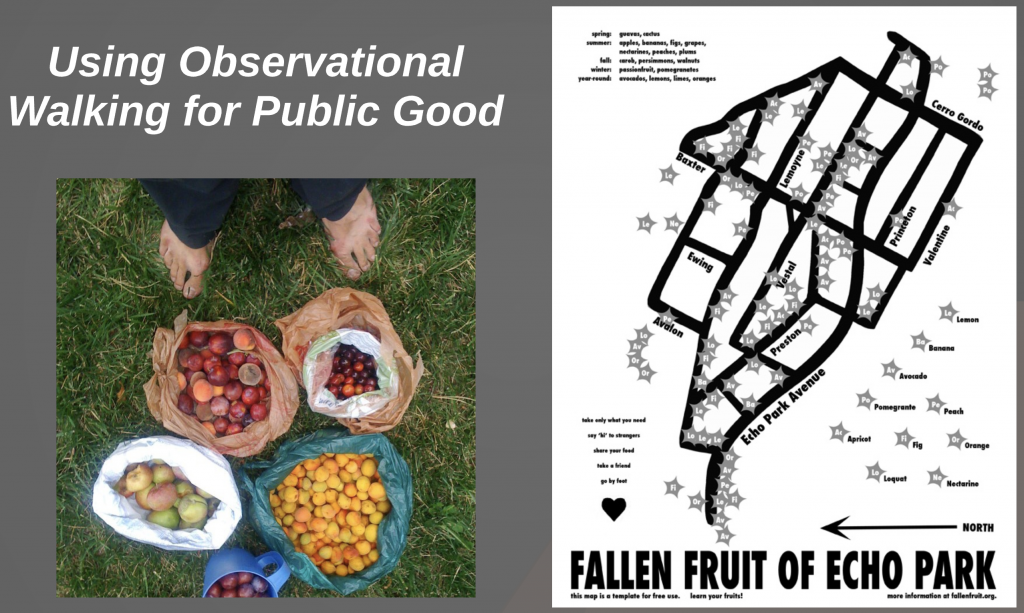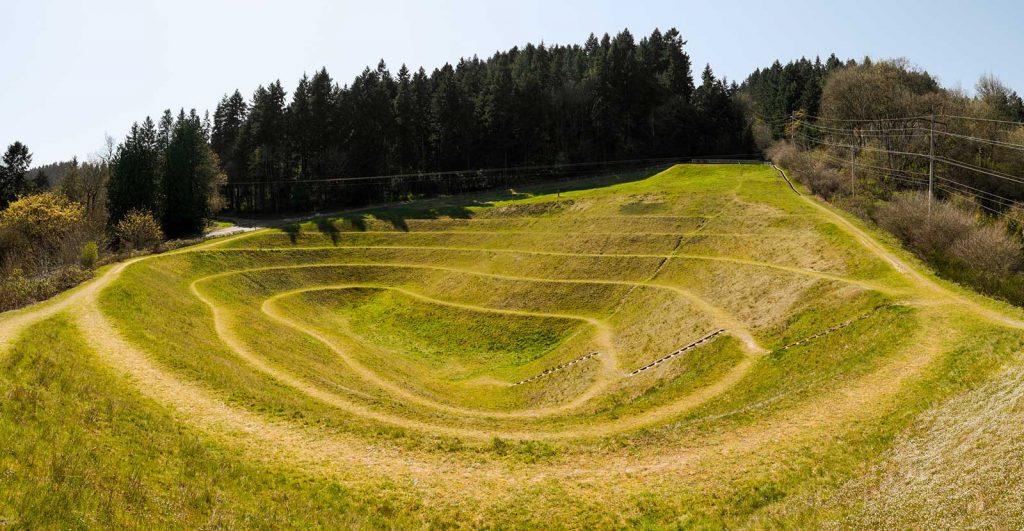
Robert Morris (1931-2018). Untitled Earthwork (Johnson Pit #30), 1979. SeaTac, WA. King County Public Art Collection. Photo: Joe Freeman
“Robert Morris’ celebrated Untitled Earthwork (Johnson Pit #30), one of the first ever publicly funded Land Art projects, was listed in the Washington Heritage Register in June 2021. On the heels of this honorary designation comes precedent-setting inclusion on the National Register of Historic Places for “significant contribution to the broad patterns of history,” embodiment of “distinctive characteristics,” and “high artistic values.” A contemporary earthwork has never received such status.”
…
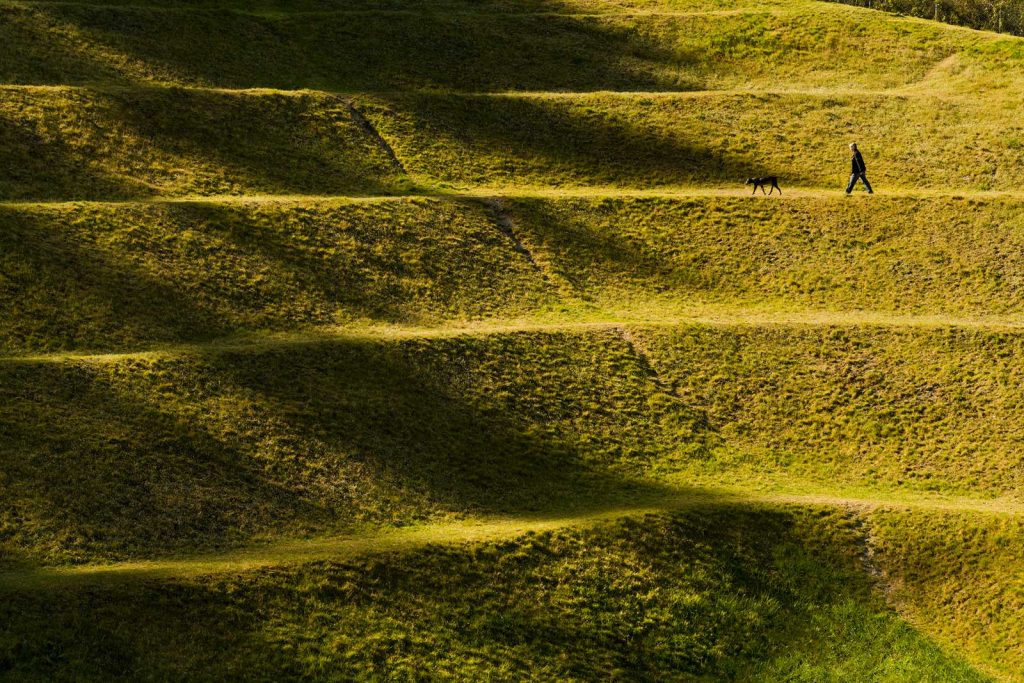
Robert Morris (1931-2018). Untitled Earthwork (Johnson Pit #30), 1979. SeaTac, WA. King County Public Art Collection. Photo: Joe Freeman
“Inspired by early efforts to use art as a means for rehabilitating abused post-industrial sites, 4Culture‚ then known as the King County Arts Commission‚ sponsored an innovative symposium called Earthworks: Land Reclamation as Sculpture in 1979. It was a remarkable and timely vision attuned to the local problem of abandoned gravel mines, the national Land Art movement, the regional ethos of environmentalism in design, and the national focus on the environmental impacts of mining and mine reclamation.
The Commission brought together a unique team of government agencies and artists to discuss the potential of earthworks—large-scale sculptures that use the earth itself as their medium—and to create historic public artworks designed to restore natural areas damaged by industry.
Robert Morris received the first demonstration project commission. He removed undergrowth from an abandoned 3.7-acre gravel pit in the Kent Valley, terraced the earth, and planted it with rye grass, in effect returning the land to active use. Decades later, the destination continues to serve as a community gathering place.”
…
Robert Morris
“Morris was born in Kansas City, Missouri in 1931. He received an education in engineering from the University of Kansas, studied art at Kansas City Art Institute and California School of Fine Arts in San Francisco, studied philosophy at Reed College in Oregon, and took a break from school to serve in the Army Corps of Engineers. After college, Morris spent several years living in San Francisco before moving to New York City in 1959 and receiving a master’s degree in art history from Hunter College in 1963. His early explorations of painting, dance, and choreography would influence the sculpture, earthwork and performance work for which he received most of his acclaim. Morris’ particular interest in Land Art was rooted in perception, the carceral, the phenomenological, and ancient form making and symbology.
Over his career, Morris had solo exhibitions at numerous major museums including the Whitney Museum of American Art in New York (1970), the Art Institute of Chicago (1980), the Corcoran Gallery of Art in Washington D.C (1990) and a retrospective at Solomon R. Guggenheim Museum in New York in 1994. His writing is equally influential to his visual work, and a series of essays produced in 1966 for ArtForum magazine entitled, “Notes on Sculpture,” remain a foundational critical text within the field. Likewise, Morris’ 1993 publication Continuous Project Altered Daily compiled several influential writings on sculpture including a version of his keynote address for the symposium. At the time of Morris’ death in 2018, Morris was living in Kingston, New York and new work of his was on view at the Leo Castelli Gallery in New York City. ”
(credit)

